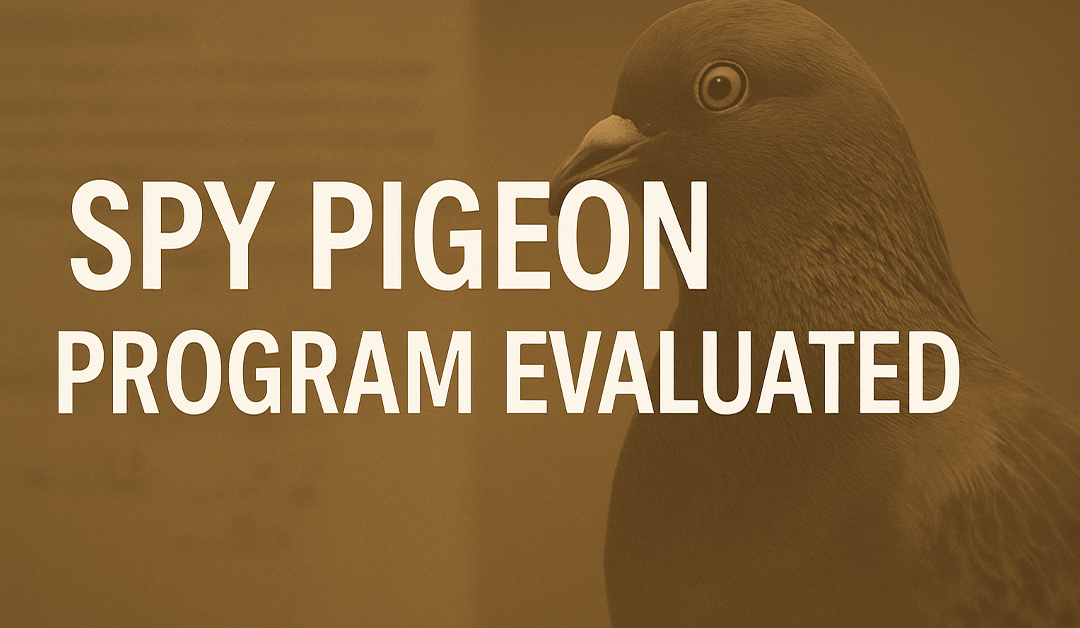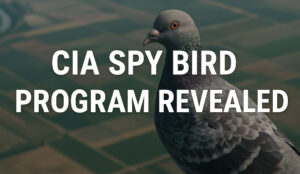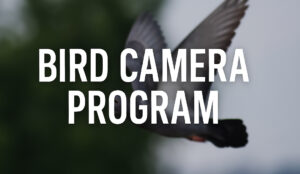A 1975 CIA memo titled "AVIANS Project Evaluation" offers a clear snapshot of a bold Cold War concept: training birds to fly covert aerial photography missions inside the USSR.
The memo-written after a demonstration by CIA contractors and evaluated by the Directorate of Science and Technology-assessed the feasibility of dispatching birds on reconnaissance routes over hostile territory, equipped with miniature cameras.
This wasn’t about passive observation. It was about birds flying specific routes, hitting targets with precision, and returning to base-without ever crossing a human border.
🎯 Mission Profile: Pigeon with a Camera
The CIA’s outlined requirement was straightforward but ambitious:
-
A bird would be released from a concealed vehicle about 5 miles from the target.
-
It would fly low-level over a designated target area and photograph it with a sequential camera.
-
After the pass, the bird would travel up to 50 miles to a designated recovery site.
Training would rely entirely on photographs and interior mockups of the mission space-no trial runs near the actual target.
The goal was high-quality imagery beyond what satellites or spy planes could safely achieve in urban or sensitive zones.
🧪 Field Trials and Feasibility
The tests reviewed in the memo didn’t fully meet operational demands-but they were close.
Several birds conducted successful photo passes over simulated targets like antennas. While the camera reliability was flagged as an issue, the photography quality itself met CIA standards.
The contractors involved expressed confidence that pigeons could be fully trained to carry out the mission within one year.
The camera platform was still under refinement, but internal opinion suggested that both elements-the bird and the tech-could be operational within a year if resources were committed.
🧭 Real-World Application: A Mock Operation Proposed
To advance the project, the evaluator recommended a test run using two CIA facilities:
-
A target site at an unnamed agency location
-
A home return point at either the South Building or Rosslyn complex
With those parameters, a full trial could be conducted to simulate a real cross-border mission-testing everything from launch to recovery.
The conclusion: if the test succeeded, it could produce a cadre of trained birds capable of penetrating restricted airspace without triggering alarms.
There’s no record in the document of whether the final operation ever launched.






